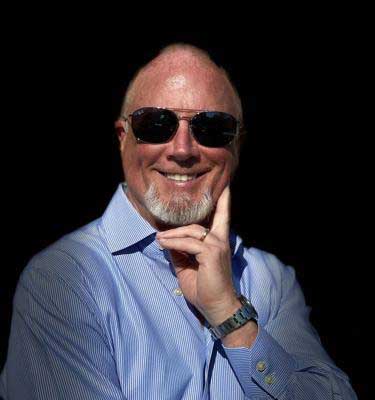The Top Three Steps for Changing the Culture of Your Organization
Image created via Microsoft Designer

Changing an organization’s culture is essential to moving digital efforts forward. Leaders frequently find themselves at a crossroads, trying to figure out how to launch and sustain this transition effectively inside their functional units or across the company. In this article, we’ll look at case studies of firms that have successfully navigated culture change, discuss common difficulties and best practices, and propose a Culture Change model to assist you in expediting the delivery of your business strategy.
Step 1 for Culture Change: Establish Clear Objectives and Values.
The first critical step in altering organizational culture is to set specific goals and values. You integrate your organization’s mission, vision, and fundamental values with the intended cultural change. Take inspiration from firms like Google, which is known for encouraging Innovation through a culture that emphasizes creativity, risk-taking, and cooperation. Clearly stating your objectives and values provides the groundwork for the cultural transformation path.
Step 2: Engage and empower employees.
Culture change is a collaborative undertaking that necessitates active participation and empowerment of employees at all levels. Encourage open communication, gather input, and include staff in decision-making processes. Empowerment encourages ownership and commitment to the cultural transition. Consider the transformational journey of Zappos, which achieved exceptional organizational success by emphasizing employee empowerment and a customer-centric culture.
Step 3: Implementing Sustainable Practices and Continuous Improvement
Sustainability is essential for keeping culture transformation momentum. Implement sustainable procedures that incorporate desired behaviors into regular operations. Create a culture of continuous improvement by regularly assessing progress, generating insights, and adjusting plans as needed. Learn from companies like Netflix, known for their agile approach to culture, with experimentation, adaptation, and constant learning driving cultural Growth.
We are identifying and overcoming barriers to cultural change.
One of the most significant hurdles to cultural transformation is opposition to change itself. Employees may be uneasy with new processes or fear losing established conventions. Lack of leadership alignment and poor communication can also hinder progress.
Overcoming Challenges
To address these issues, leaders must develop a culture of psychological safety in which employees feel free to express their concerns and thoughts. Communicate clearly about the change’s goal, benefits, and expectations. Invest in change management tactics, training, and support to assist staff in seamlessly completing the shift.
Learning from Successful Organizations: Case Studies on Culture Change
Several organizations have effectively altered their cultures to meet changing commercial needs. For example, Microsoft’s cultural move toward a growth mindset under CEO Satya Nadella has boosted the company’s creativity and competitiveness.
Lessons Learned
These success examples demonstrate the value of visionary leadership, employee involvement, adaptation, and resilience in driving cultural change efforts. To effectively negotiate cultural transformation issues, embrace agility, recognize little triumphs, and build an experimental and learning culture.
Conclusion
Culture change is a challenging but rewarding path that involves strategic planning, dedication, and endurance. Organizations can make substantial cultural shifts corresponding to their business plans by implementing sustainable practices, engaging and empowering workers, and articulating clear objectives and values.
——
Please stay connected with us! For more insights and valuable content, don’t forget to check out the following resources:
– **Breakfast Leadership Show Podcast**: Tune in to our podcast and get inspired by leadership lessons and success stories from top industry leaders.
– **Breakfast Leadership YouTube Channel**: Subscribe to our YouTube channel for video content on leadership, Personal Development, and more.
– **Hire Michael D. Levitt to Speak**: Looking for a dynamic speaker for your next event? Hire Michael D. Levitt, the founder of Breakfast Leadership, to share his expertise and insights.
Follow us on LinkedIn for the latest updates. Remember to share this article with your network!
Originally Published on https://www.breakfastleadership.com/
























